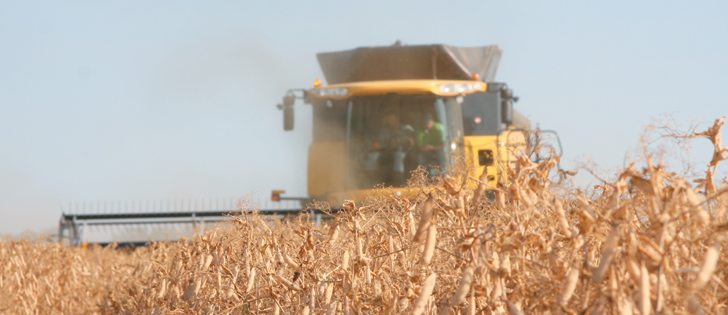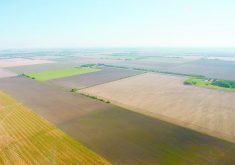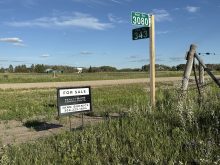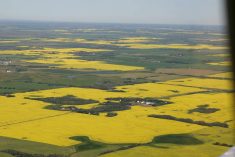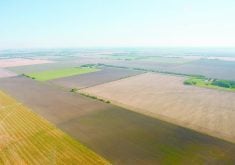Economist expects prices will adjust, but farmers with multi-year contracts will see margins squeezed
Prairie crop receipts will be down this year, but it won’t necessarily be immediately reflected in the price that farmers pay for rented land, says a Farm Credit Canada economist.
Money on hand is just one factor affecting prices, said Craig Klemmer, senior agricultural economist with FCC.
“Rental rates are notoriously sticky,” he said.
“They just don’t move as quick as some other triggers.”
Factors that affect cash rental prices include Bank of Canada bond rates and local issues such as yield, quality and competition. Cash rental agreements are common, but many producers will be in multi-year agreements, meaning renters will have to watch their cost of production.
Read Also

Manitoba farmers fight sprouted wheat after rain
Rain in mid-September has led to wheat sprouting problems in some Manitoba farm fields.
“There’s a number of factors that would contribute to what a producer’s return is,” said Klemmer, who noted farmers may have locked in higher crop prices earlier in the year, providing them with a cushion.
But average crop prices will be down.
“It will tighten margins, definitely, and basis will be the big (factor), and that’s a local factor.”
FCC agricultural economist James Bryan ran some cost of production numbers using the Saskatchewan Crop Planning guide as a base.
The calculation showed that if crop prices were near $9.35 a bushel for canola, $5.50 for for spring wheat and $3 for feed barley, then the maximum that could be paid for rental on average yielding land would be $44 an acre and high yield land would be $68.
If prices fell to $8.50 for canola, $5 for spring wheat and $2.50 for feed barley, then the maximum rental rate for average yield land would be $18 an acre and high yield land $38.
Saskatchewan Agriculture found in a 2012 survey that rental rates in the province varied from $6.25 to $140.60 per acre, averaging $35.65.
Statistics Canada’s most recent agriculture census found that slightly less than 40 percent of Canadian farmland was rented.
A recent report about farmland values published by real estate company Remax indicated that farmland purchase prices have grown more moderately in the last year following several years of rapid gains due to high commodity prices.
Hot spots remain in the country, most notably in Alberta, but farmland markets were forecast to stabilize in the future, at least partly because of weaker commodity markets.
In some cases, regions reported a drop in sales volumes this year.
“We’re so reliant on commodity prices; that controls everything,” said Wally Lorenz, a Remax agent in the North Battleford, Sask., area, which reported slower farmland sales over the last year.
“It controls the value of land. It controls the rental rates that are out there.”
He also said his market, which at one time had seen some parcels rent for as high as $80 to $100 per acre, is now seeing lower rates.
“That in turn controls investors that come in and what they’re going to do with buying land because investors (aren’t) as prevalent now as they were a few years ago because they could get high rental rates.”
Several American reports point to a slowdown in farmland value growth. In the United States, farmland prices in Iowa were down 3.4 percent in recent months, according to a U.S. realtor survey released last month. A report released earlier in the year also showed cash rents in the state had dropped about four percent.
Klemmer said the U.S. is a harbinger for what happens in Canada.
“Similar to the United States, we’re seeing downward pressure on margins in Canada and Western Canada, too,” he said.
“We’re operating in the same operating environment as the United States.”

